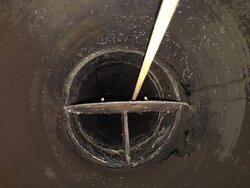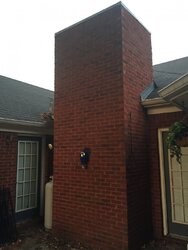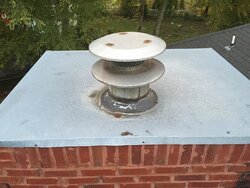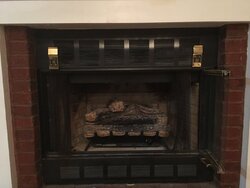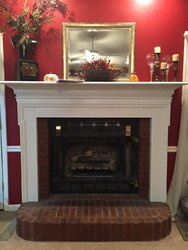I recently purchased a 2300 sq ft. ranch home in North Alabama. I reality I'm only heating between 1800 and 2100 sq ft with a 12 year old heatpump. The home currently has a prefab fireplace. Similar to this one. I was looking at putting in an insert and found that my selection is limited with the prefab fireplace. We are on a slab and the hearth is actually built up with concrete and overlaid with brick. One of the options i have considered was building a firebox to house an insert as you would a masonry fireplace. The chase that runs up the outside of the living room wall is 6' wide by 4' deep. The prefab is flush with the interior wall. Would it be possible to build such a box to house an insert? There is plenty of room inside the chase. The other option would be to look at getting a Buck Stove model 74 as it is rated for prefab installation. My question is the only clearance issue is going to be the opening height. I would need at least 22.5". Currently I would have to cut out part of the fireplace to accommodate the insert. I've also estimated that I will need approximately 12' of 6" or 8" re-liner for the stove.
-> Forgot to add that there is approximately 3' of space 180 deg around the existing chimney pipe. That is all three walls of the exterior chase.
-> Forgot to add that there is approximately 3' of space 180 deg around the existing chimney pipe. That is all three walls of the exterior chase.
Last edited by a moderator:


